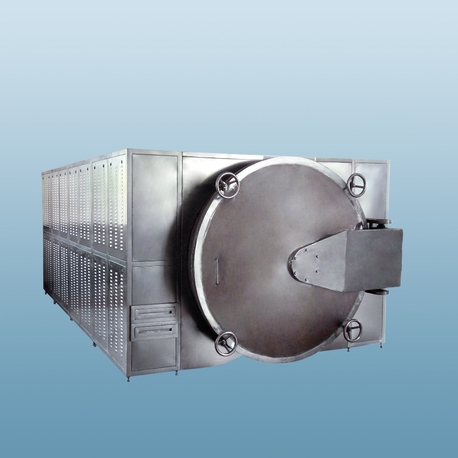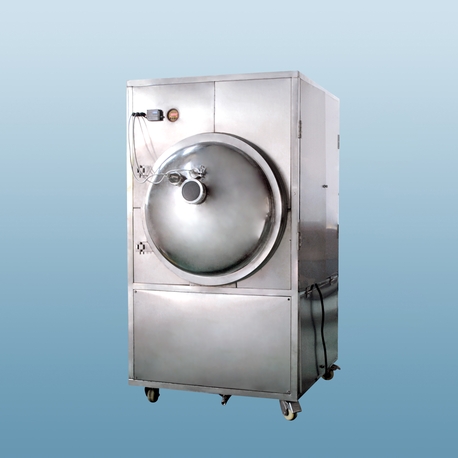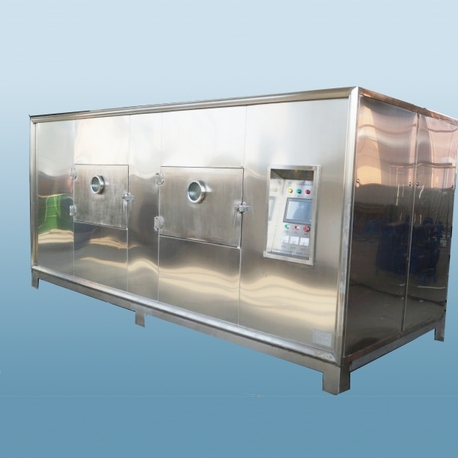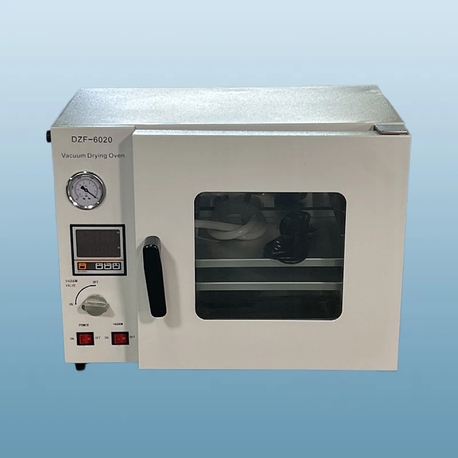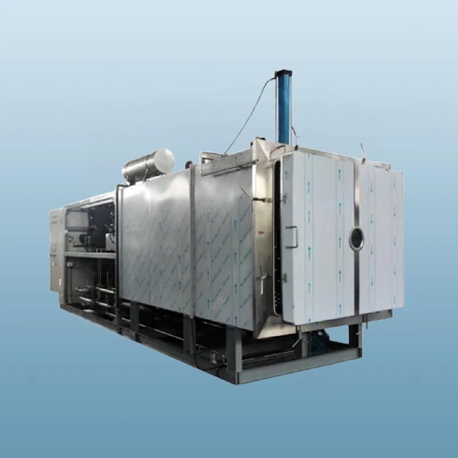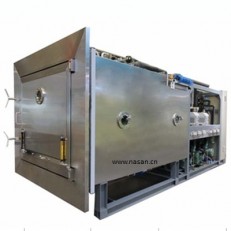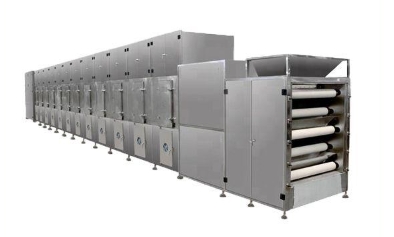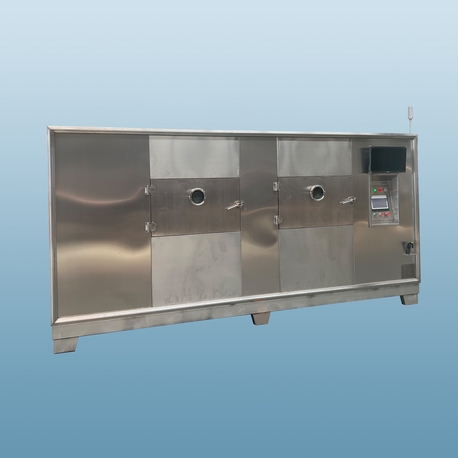In today’s fast-paced world, efficiency and sustainability are more critical than ever. Whether in food processing, pharmaceuticals, or chemical production, the ability to remove moisture effectively is a cornerstone of industrial and commercial operations. At the heart of this process lies the dehydrator machine—a versatile piece of equipment designed to preserve, process, and add value to a wide range of products.
This article explores the various types of dehydrator equipment, their applications, and what to consider when selecting a dehydrator machine supplier or dehydrator machine manufacturer. We’ll also delve into common challenges users face and how to address them.
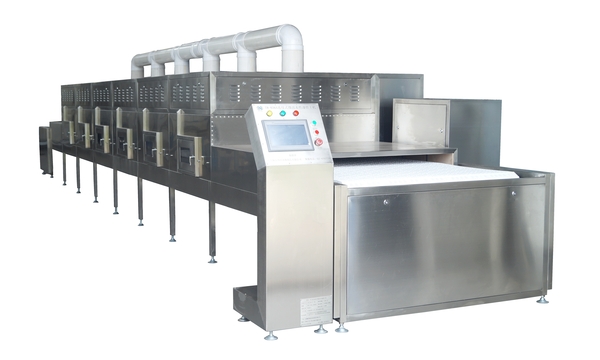
Understanding the Role of a Dehydrator Machine
A dehydrator machine is engineered to remove moisture from materials through the application of heat and airflow. This process extends shelf life, reduces weight, and preserves nutritional value, making it indispensable across numerous sectors. From small-scale food dehydrator units to large industrial dehydrator systems, the technology continues to evolve, offering improved efficiency and smarter controls.
The Industrial Dehydrator: Powering Large-Scale Operations
When it comes to heavy-duty applications, an industrial dehydrator is the go-to solution. These systems are built for continuous use, handling substantial volumes of materials such as fruits, vegetables, meat, herbs, and even non-food items like ceramics and chemicals.
Key features of industrial-grade units include:
High-capacity drying chambers
Advanced heat distribution systems
Energy-efficient designs
Automated controls for precision
Industries such as agriculture, food processing, and manufacturing rely on these robust systems to maintain product quality and optimize logistics.
Choosing a Reliable Dehydrator Machine Supplier
Selecting the right dehydrator machine supplier is crucial for acquiring equipment that meets your specific needs. A reputable supplier will not only offer quality machinery but also provide technical support, spare parts, and after-sales service.
Here’s what to look for in a supplier:
A diverse product portfolio catering to different scales and industries
Positive customer reviews and case studies
Compliance with international safety and quality standards
Willingness to offer customized solutions
Whether you need a compact food dehydrator or a high-capacity commercial dehydrator, partnering with an experienced supplier ensures smooth implementation and operation.
Behind the Scenes: The Dehydrator Machine Manufacturer
While suppliers distribute the equipment, the dehydrator machine manufacturer is responsible for design, engineering, and production. Leading manufacturers invest heavily in R&D to improve drying efficiency, reduce energy consumption, and incorporate smart technologies.
When evaluating a manufacturer, consider:
Their experience and industry reputation
Manufacturing certifications (e.g., ISO, CE)
Ability to provide OEM or custom-built solutions
Innovation in sustainable and energy-saving designs
A direct relationship with a manufacturer can often result in cost savings and tailored dehydrator equipment.
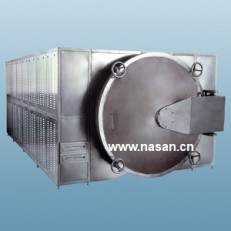
Types of Dehydrator Equipment: From Basic to Advanced
Dehydrator equipment varies significantly based on technology and application. Common types include:
Tray Dehydrators: Ideal for fruits, vegetables, and herbs. They use stacked trays with horizontal airflow.
Belt Dehydrators: Suitable for continuous processing of bulk materials like grains and pellets.
Spray Dryers: Used for liquid or semi-liquid products such as milk powder or instant coffee.
Freeze Dryers: Employ sublimation to preserve sensitive materials, including pharmaceuticals and high-end foods.
Rotary Dryers: Common in industrial settings for minerals, chemicals, and aggregates.
Each type offers distinct advantages depending on the material being dried and the desired output.
Food Dehydrator: Preserving Nutrition and Flavor
The food dehydrator is one of the most well-known applications of dehydration technology. By removing moisture, these devices inhibit microbial growth, thereby preventing spoilage while concentrating flavors and nutrients.
Common uses include:
Drying fruits for snacks or ingredients
Making jerky from meat or plant-based proteins
Preserving herbs and spices
Producing crackers and dried desserts
Modern food dehydrator models come with digital controls, timers, and multiple trays, making them accessible to both home users and commercial kitchens.
Commercial Dehydrator: Meeting High Demand
For restaurants, food service providers, and medium-scale producers, a commercial dehydrator offers the perfect balance between capacity and usability. These units are designed for frequent use and larger batches than home models but are more compact than industrial systems.
Key attributes of a commercial-grade dehydrator:
Stainless steel construction for durability and hygiene
Consistent temperature control for uniform drying
Larger drying areas or multi-rack designs
Compliance with food safety regulations
They are especially popular in the health food, meal prep, and artisanal food sectors.
Common Challenges and Solutions with Dehydrator Machines
Even the best dehydrator machine can encounter issues. Below are some frequent problems and how to troubleshoot them:
Inconsistent Drying
Cause: Poor airflow or uneven heat distribution.
Solution: Avoid overloading trays and ensure regular maintenance of fans and heating elements.
Overheating or Burning Products
Cause: Temperature settings are too high for the material.
Solution: Refer to recommended drying guidelines for different products and calibrate thermostats periodically.
Long Drying Times
Cause: High humidity in the environment or insufficient airflow.
Solution: Use the unit in a dry, well-ventilated area or consider a model with higher airflow capacity.
Equipment Noise
Cause: Worn-out fans or motors.
Solution: Lubricate moving parts or replace faulty components.
Energy Efficiency Concerns
Cause: Older models or improper use.
Solution: Upgrade to an energy-efficient industrial dehydrator or optimize drying cycles.
Regular cleaning and scheduled servicing can prevent many of these issues. Always follow the manufacturer’s instructions.
Future Trends in Dehydration Technology
The dehydrator machine industry is evolving rapidly. Key trends include:
Smart Automation: IoT-enabled devices for remote monitoring and control.
Energy Recovery Systems: Reducing carbon footprint and operational costs.
Hybrid Technologies: Combining dehydration with other processes like fermentation or extraction.
Sustainability Focus: Using renewable energy sources and recyclable materials.
These innovations are making dehydrator equipment more efficient, accessible, and environmentally friendly.
From small kitchens to large factories, the dehydrator machine has become an essential tool for preserving quality, enhancing sustainability, and boosting productivity. Understanding the differences between an industrial dehydrator, a commercial dehydrator, and a standard food dehydrator can help you make an informed decision.
When sourcing equipment, always partner with a trusted dehydrator machine supplier or directly with a reputable dehydrator machine manufacturer to ensure reliability and support. By addressing common operational challenges proactively, you can maximize the lifespan and efficiency of your dehydrator equipment.
Whether you’re entering the market or upgrading your current setup, the right dehydration solution can transform your operations—making them faster, greener, and more profitable.


